In recent months, WEBTOON Entertainment Inc., a global leader in digital storytelling, has announced several exclusive partnerships with major comics publishers, including IDW Publishing, Dark Horse Comics, and The Walt Disney Company. At San Diego Comic-Con 2025, The Beat caught up with the vertical scroll digital publisher and WEBTOON Managing Editor Ethan LeBlanc to discuss why the publisher is excited about bringing these titles to its English-language platform and building and diversifying its content library there, as well as LeBlanc’s day-to-day workflow reformatting popular IDW and Dark Horse Comics—such as Godzilla: Unnatural Disasters, Beneath the Trees Where Nobody Sees, They Called Us Enemy, The Witcher, Cyberpunk 2077, and The Legend of Korra—series for vertical scroll.
This interview has been edited for length and clarity.
OLLIE KAPLAN: One of the things we’re here to discuss today is reformatting traditionally published comics into WEBTOON’s vertical scroll format. I’m also curious how you keep the feeling of the print editions alive in the vertical format—e.g, how do you keep that suspense of a page turn?
ETHAN LEBLANC: I love that you ask about that. Many page comics are written to the page turn; that’s the pacing they set up, and how they lay out their panels. They want people to turn that page, be surprised, and have a great time doing that. We are more paced for the vertical scroll, which is more panel-to-panel than page-to-page. It does present some challenges, but for me, part of the process is reading the source material to decide where we can make cuts within issues that make the most sense for our readership and how they like to read. Many of our episodes equate to two to three comic issues, depending on how many panels we’re using, so that is a challenge. However, it’s fun and puts the different ways to tell stories into perspective, even among these two types of comics. It’s been a challenge, but a lot of fun finding that place where readers will say, “I’m satisfied with what I’ve read, but I need to read more.”
In terms of maintaining the spirit of the comic, we’ve got to make some hard decisions on what part of a panel we might have to leave out to make sure that we can see it well on the phone, because when we’re transferring from page to phone, it zooms out a lot. Then, there are many of these long horizontal panels in page comics that we need to get to our readers because we want them to see the different things. Sometimes it’s splitting a panel and stacking it, and sometimes it’s turning it vertical so that we can scroll down a large panel, which is important. Those are all different strategies that we use. We trim out a little, or we make something taller. We go about it in many ways, but those are all things on our minds. We’re thinking about what parts in this chapter are really, really impactful, what we need to make sure are seen, and what parts we can trim a bit so that we can get to those moments.
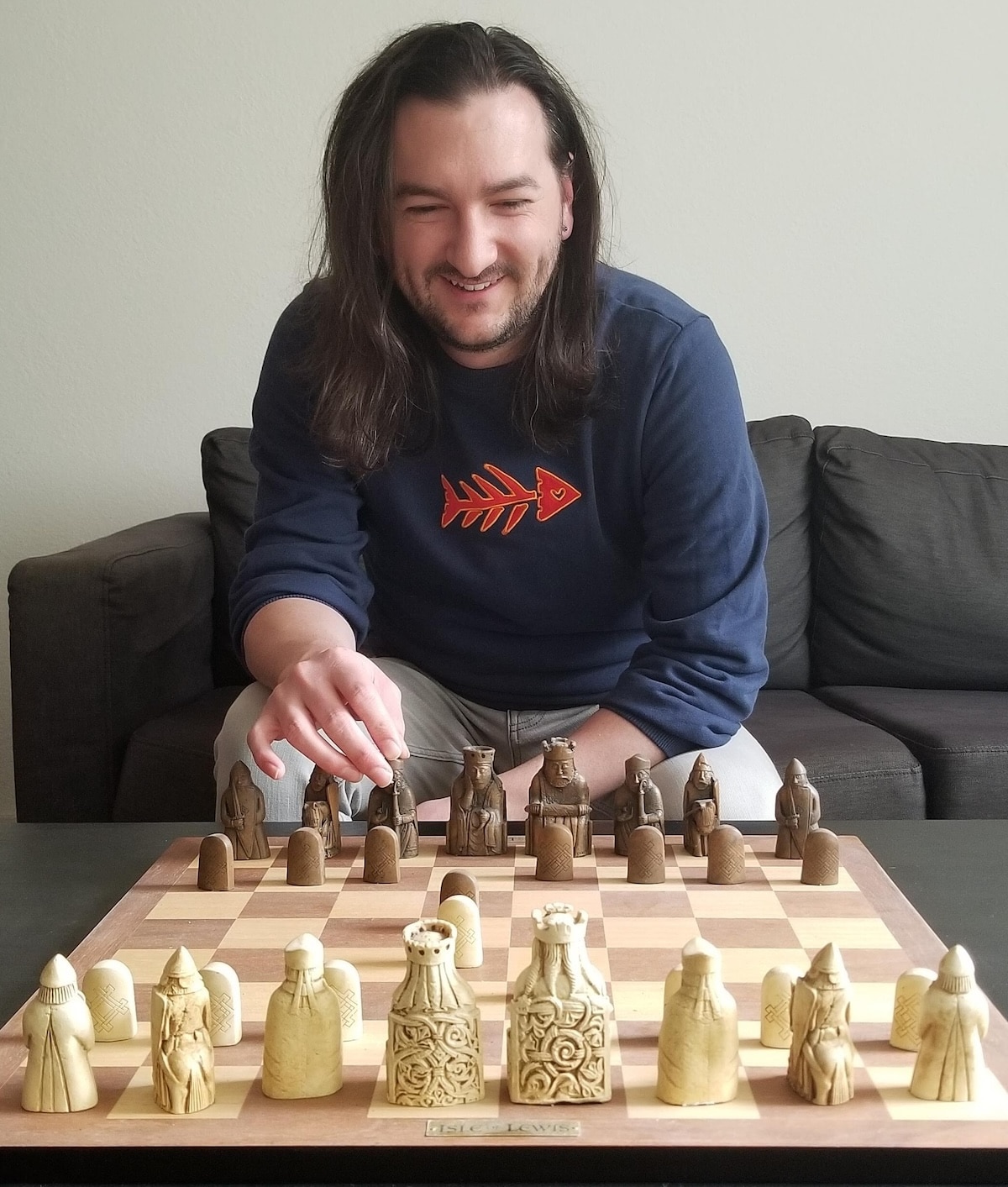 Ethan LeBlanc. Courtesy of WEBTOON
Ethan LeBlanc. Courtesy of WEBTOONKAPLAN: When I ask about pacing with WEBTOON creators, they’ll extend out the action, so they can create that tension, basically by doing more of a scroll.
LEBLANC: Yeah, 100 percent.
KAPLAN: When adapting something already created in a print format, do you need to redo the art to create tension?
LEBLANC: It depends. In circumstances where we can play with that and have the right files, I love doing that. It’s not always going to be plausible or possible for a series, but anytime that we can, we like to. But most of the time, we do our best to preserve the spirit of what’s on the page and what the original artists and writers wanted to showcase. As I said, it’s deciding which panels are the key moments in an episode and ensuring our readers can see and understand everything within them.
A thing that I’ve encountered that’s challenging but very fun is that oftentimes in page comics, we’ll have a lot more conversation per panel than in WEBTOON. It’s fun deciphering or figuring out how best to lay out the bubbles in a new pattern to allow our readers to scroll through it more easily and naturally than it might be otherwise. But, we play with things when we can, and when we can’t, we figure out the best way to place it on the page or the phone for our readership.
KAPLAN: Have you been allowed to play with specific IPs more than other IPs?
LEBLANC: It more depends on whether creators are on board. We want to respect the creators the most. If they are on board with changing things or adding things themselves to give the scroll read a bit more impactful or something new and different for their fans or anyone coming to check it out there instead of on the page, we’re super down for that. But we will always respect them, whether we want to do that or not or can do it.
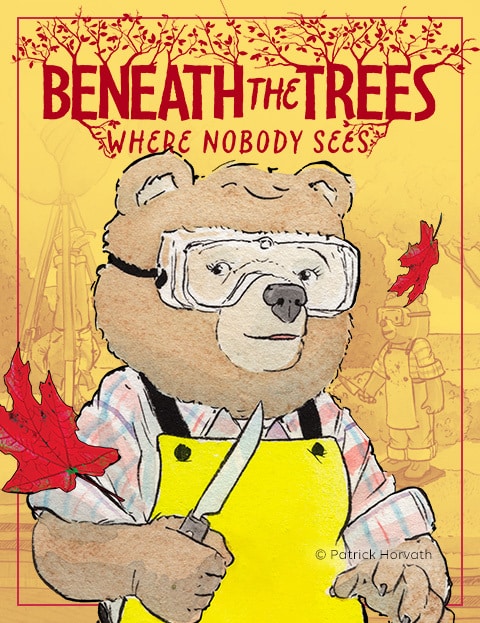 Courtesy of WEBTOON
Courtesy of WEBTOONKAPLAN: How have the creators reacted to these stories coming into WEBTOON?
LEBLANC: Super positive from what I’ve seen. Beneath the Trees has been successful, and I think the creator has been excited to be a part of that and then have that on the web scene. So I’d say for the most part, many folks are very pleased with it and excited to see what else has come.
KAPLAN: Like the Bat Family, will we see more of that come out of these kinds of partnerships then? Like, from the existing stories?
LEBLANC: Potentially so. I don’t work as much with the original series, but that’s been a talking point for many folks we’re talking with. I’m confident we will see more things like that. Personally, I want to see more projects like that.
Part of what I’m so excited about with these reformatting projects is that it gives us a way to get a lot of the cast and crew, creators, IP holders, and publishers more introduced to this style and this format, so they can feel more comfortable making original things in the future. The vertical scroll format and type of comic will be here for a while, if not forever. So, it’s something that the whole community needs to understand and get to know a bit better because it can reach a whole new audience and give further engagement to the existing audience, which is wild. I think it needs to be explored, so I’m happy to provide them with this sort of input through reformatting and hopefully have that inspire people to do even more.
KAPLAN: I feel like music goes a long way. I love it when a WEBTOON has music; you can create so much of that tension with music. That would probably involve a lot, but that’s my secret wish.
LEBLANC: I love your secret wish. We’ll be able to grant that wish in a few cases. I know there are some creators we’re talking to now, even on Saturday AM, that we announced, who are super stoked that they can add music to their series and intend to. I’ve been handling conversations about that with them. But some creators are excited to add something to the print version they couldn’t when it’s in print onto this new scrolling version. And so, music is a talking point for some.
 Courtesy of WEBTOON
Courtesy of WEBTOONKAPLAN: It makes sense because I often see, “Listen to this playlist when you read this.”
LEBLANC: 100%, and that’s absolutely what we want to capitalize on if we can.
KAPLAN: How has the webcomics industry evolved, primarily because its popularity has grown significantly recently?
LEBLANC: Webcomics have been around for a long time, like since the internet was around. And in South Korea, specifically, we developed this scrolling format that has evolved with our smartphones. Even if you’re not into scrolling comics or have never read a comic, you understand scrolling on your phone because that exists in basically every other app. So it’s natural to put comics into that same format so that we can enjoy them that way. You don’t have to change a lot in your life. Your phone is with you all the time. So it creates an easy way to jump into comics and WEBTOON. And to do that, wherever you are, no matter where you are, you don’t have to go in and pick something up or bring extra stuff; it’s already there.
One of the main ideas behind this reformatting is to ensure that we are giving people the most places to find their favorite stories and characters. And, like I said earlier, it’s something that everybody needs to get into and understand. It’s brought about a whole new generation of creators who think this way about scrolling, and there are a lot of creators and readers whose first-ever experience with comics has been scrolling on WEBTOON. And so that is just an entire visual storytelling language that is new because of the internet, smartphones, and us. And I’m very, very happy about it.
KAPLAN: I’d be curious how that would have shaped my fandom.
LEBLANC: I picked up my first Shonen Jump issue when I was 10, and that was it for me. Manga and comics were my primary forms of entertainment for a long time. I also liked discovering WEBTOON, which was fun because it’s almost like a dream come true. It’s like the idea of, “Man, I would have killed to have been able to be a mangaka when I was 14,” and we now have a way for people to get into this industry, storytelling, and comics from their bedroom with WEBTOON. And it’s, I think, incredible. It’s part of why I sought out the company and joined it, because I believe in its mission to make it possible for anybody, anywhere, to tell the story that they want.
KAPLAN: I have to ask, what was your path to joining the company?
LEBLANC: I was looking for a place to post my work and found WEBTOON. I fell in love with it and read tons and tons of series in the last days of college. Back then, I had a full-time job. I was out of college, living life, and saw WEBTOON had an internship, and I was like, “I could do that.” So, I left my full-time job, moved across the country, and became an intern. They liked me enough to hire me, which was their first mistake. [Laughs.] I’ve been there ever since. I worked my way up from intern to associate editor to editor and then managing editor, and that’s where I am now. I’ve trained and managed people in this space and worked with many creators and series that I love. Now, I’m getting the opportunity to bring even more people into the space we’ve created, and I like that.
 Courtesy of WEBTOON
Courtesy of WEBTOONKAPLAN: What was your initial job, the one you left?
LEBLANC: I was working on websites. We built websites and things of that nature. I went to school to study art and stuff like that, so it was fine. It paid the bills, but it wasn’t uplifting.
KAPLAN: How do you decide which series fit the platform well?
LEBLANC: Having been an editor for a while, I’ve seen what works and what doesn’t. Honestly, it’s not a matter of choosing something that we know will hit well or blow up and be excellent. It’s more of a matter of finding something that our existing audience will love. Let’s also find something to help expand our audience and signal to people that we have these things and want more comic creators and readers to come to WEBTOON and see what we have. And so, oftentimes for me, the process is simply looking through a catalog of what our partners already have, what they might want us to do and what we might want based on how well we think things might reformat, how much fun we think our readers would have reading this, or how fun it might be for existing fans of those series to read in a new way.
KAPLAN: For fans who have already read someone in print, what can they get from this new format? Why should they read it?
LEBLANC: Excellent question. It goes back to what I said before about always having your phone. It will always be here, and this new experience for you will be a fun new way to see the layouts and how they work in this format, which is a much more convenient way to read some of your favorites. You might have tons of your favorites in your collection, but that’s probably at home on your shelf, and the phone is with you no matter where you are. Reading them in scroll format will significantly improve the experience of reading comics on the phone. I think the scrolling format is perfect. Maybe I’m biased, but it makes it much easier to enjoy, read, and understand the action and what’s happening in your comic on the phone.
KAPLAN: That makes sense. I hate navigating through a whole page of a PDF and having to zoom in to see. It’s such an annoying reading experience.
LEBLANC: It is annoying. You have to do extra movement. We are dedicated to making an excellent reading experience that allows you to enjoy it comfortably and naturally.
KAPLAN: It’s been a big week for you. WEBTOON has had many SDCC announcements.
LEBLANC: It’s been a big week. It’s been a big year. We announced this weekend that we have two excellent new reformatted series coming to the platform, starting on August 8, 2025, with Cyberpunk 2077 from Dark Horse. It’s an excellent IP, so I am super excited for that. Later in the month, we have more IDW stuff coming with Teenage Mutant Ninja Turtles: The Last Ronin on August 23rd, so I am also super excited for that. We had an excellent launch with our first batch of IDW, and this will continue that excellent, awesome partnership. We’re very happy about it—it’s a really, cool comic.
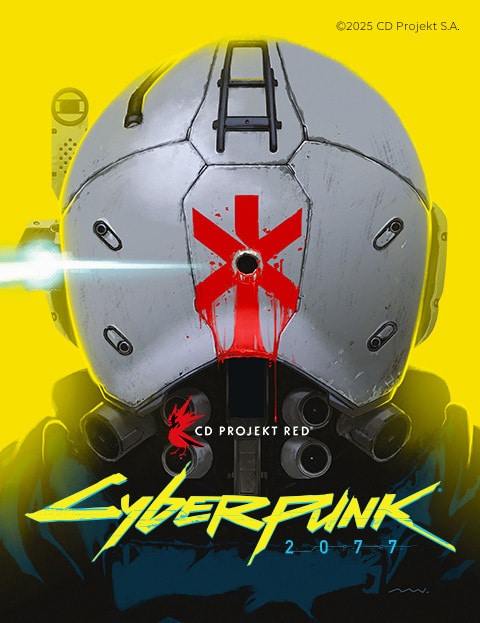 Courtesy of WEBTOON
Courtesy of WEBTOONKAPLAN: This is excellent news for TMNT fans, and I’m super excited about it. Could you elaborate on why it was an excellent launch?
LEBLANC: Yes, five series came out when we launched with IDW, such as Sonic, Beneath the Trees Where Nobody Sees, Locke and Key, Godzilla, and They Called Us Enemy—so really, really great series. They are all very, very cool, have varying degrees of interest, and explore different types of topics, I think. I’m happy that we got them out. I was thrilled to see the reception of Beneath the Trees because we have a few big genre pillars on the platform, but one that I’ve been thrilled to see has been horror. In the past few years, we’ve got a lot of horror and thriller comics, and readers have been stoked about many of the series we’ve been putting out like that. So, I knew if we gave them Beneath the Trees, they would find and love it, and they did. I was super happy to see that, and it made us very excited about the future of these partnerships.
KAPLAN: Was that the most successful one, Beneath the Trees?
LEBLANC: I think so. Sonic also has a huge number of fans, and it’s exciting to have him on the platform.
KAPLAN: Is there a particular fan reaction that was particularly memorable? Something you’ve heard that struck you?
LEBLANC: I’ve been so deep in my cave of reformatting that I haven’t had a long time to come out and gauge the fan reaction. But I have just enjoyed being here at Comic-Con. When we announced Ronin and Cyberpunk, and I saw people excited about that, I was more encouraged to continue doing it.
KAPLAN: I like that you have such a diversity of content, too.
LEBLANC: That was very much our intention and purpose. We want to give anyone who’s ever read a comic a reason to be on WEBTOON and find something they love.
KAPLAN: Then, does that help in the reverse, bringing readers to the print comics?
LEBLANC: Yeah, I’d say so. Having more places to engage with an IP makes you more excited about it. It makes you even more likely to go out and financially support it—buy the comic, the merch, things of that nature—and that’s what I expect to see.
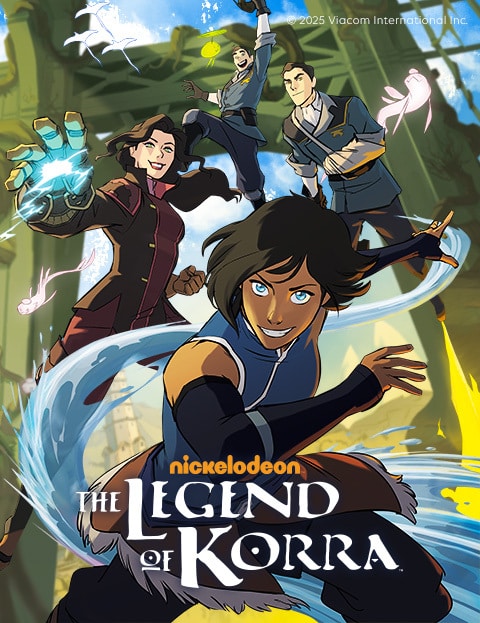 Courtesy of WEBTOON
Courtesy of WEBTOONKAPLAN: Can you tell me more about your day-to-day reformatting process? Like, what do you do?
LEBLANC: I read a lot of comics. That’s what I do. I’ll go over the reformatted work that has come in. I’ll give notes on it, check it out, make sure it’s flowing correctly, and see what we want to tweak or change. Then, we will send it back to build up something that we’re confident sending to our IP holders. We often check with creators and other people to ensure it’s good for them. Send that back with any notes or approvals they have, and then we’ll all celebrate and bank that away and get ready for launch. And I rinse and repeat on that for dozens of series.
KAPLAN: How are you doing your design flow?
LEBLANC: It can vary depending on what types of files we have available. For example, do we have many layers available to play with? Sometimes, it’s a matter of taking all of the pages, breaking out the panels, setting them up vertically, and then seeing how that looks as a base. From there, we can decide if we can paste it to the scroll pretty well, or…a lot of times, a big difference is going to be in gutter sizes. So, like gutters on the page, they are typically very small because you’re trying to fit many things onto this page, and you don’t have a lot of space. You have as much space as you have paper. In contrast, on the vertical scroll, you have an endless gutter north and south of any panel, and that translates to giving creators and comics a lot more panels, specifically, a little more breathing room and space to let different individual panels shine. So, we have to think about how far apart we will lay out our panels and things of that nature when resizing or reformatting. So, those are notes that I often have to give to make sure I’m doing it correctly.
In addition to that, deciding if there are a couple of really cool panels in something, how will we show that correctly? Like, if there’s a full page spread, that will be a very different sort of size thing to consider when moving it to scroll. So, how do we make sure that our readers will get all the little details in that full page spread while it’s still a different size for them? A lot of techniques I enjoy are breaking these out into detailed panels, so we get bits and little breadcrumbs of this cool image, and then we get the full image itself. That way, we can call attention to the important things that our readers need to be able to catch within a big, full scene, even though we’re on the phone. Again, doing that allows it to be natural and easy to read while not missing key details and things in an image that will potentially be much smaller than what they would find on a page.
A good example is probably the end of episode two of Beneath the Trees, which ends in a full-page spread. It was vital that we pulled out a few key details you would have found on that spread and then revealed the big image at the end. Otherwise, those details would be very small and difficult to see. So, we want to make sure readers can catch them.
Check out the comparison of the Beneath the Trees Where Nobody Sees page 14 in its traditional print format vs. the vertical scroll format to see what LeBlanc is talking about:
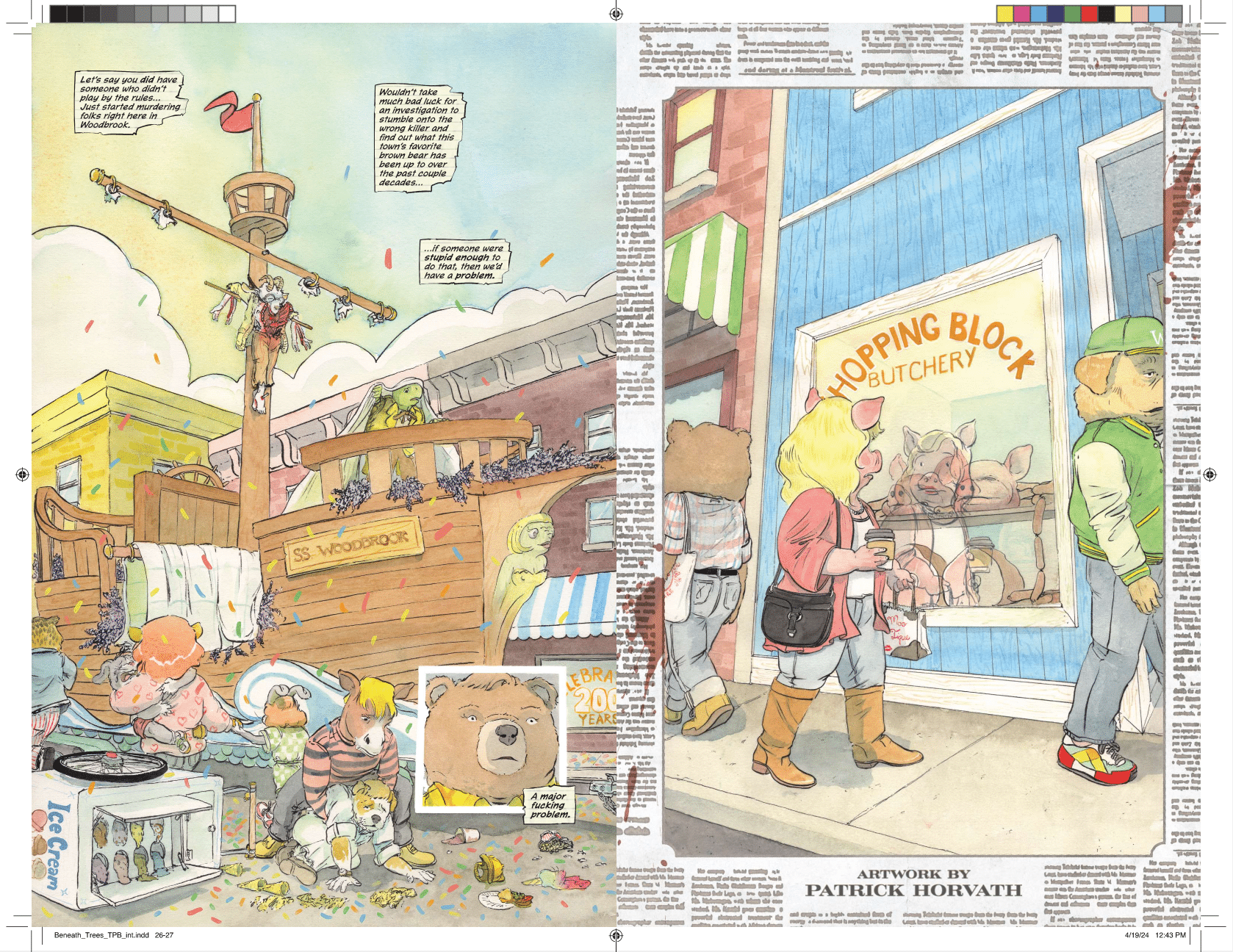 Print edition layout. Courtesy of WEBTOON/IDW
Print edition layout. Courtesy of WEBTOON/IDW Vertical scroll layout. Courtesy of WEBTOON
Vertical scroll layout. Courtesy of WEBTOONRecently, WEBTOON has announced many new partnerships with major comic book publishers, including IDW Publishing and Dark Horse Comics.



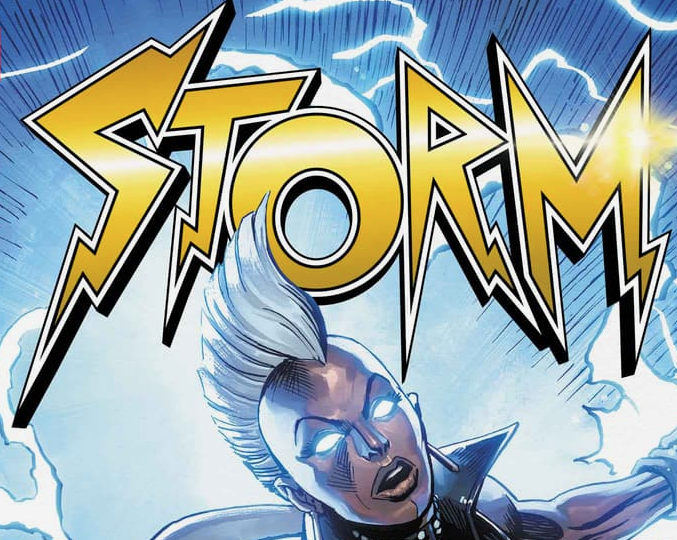
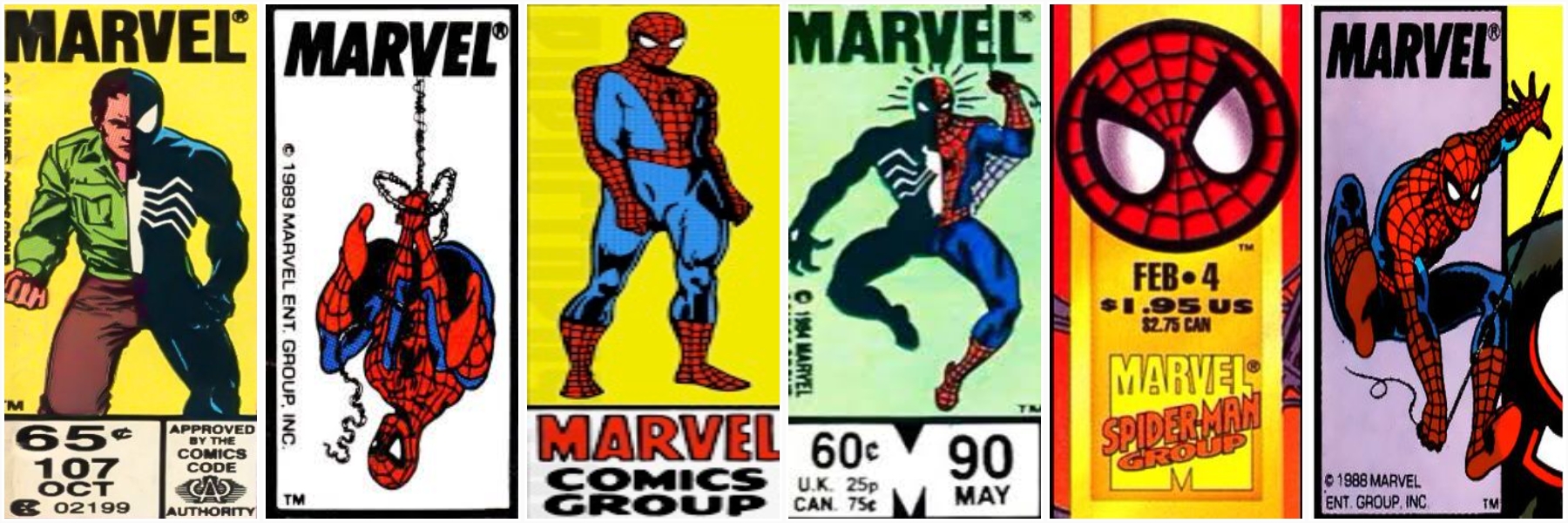

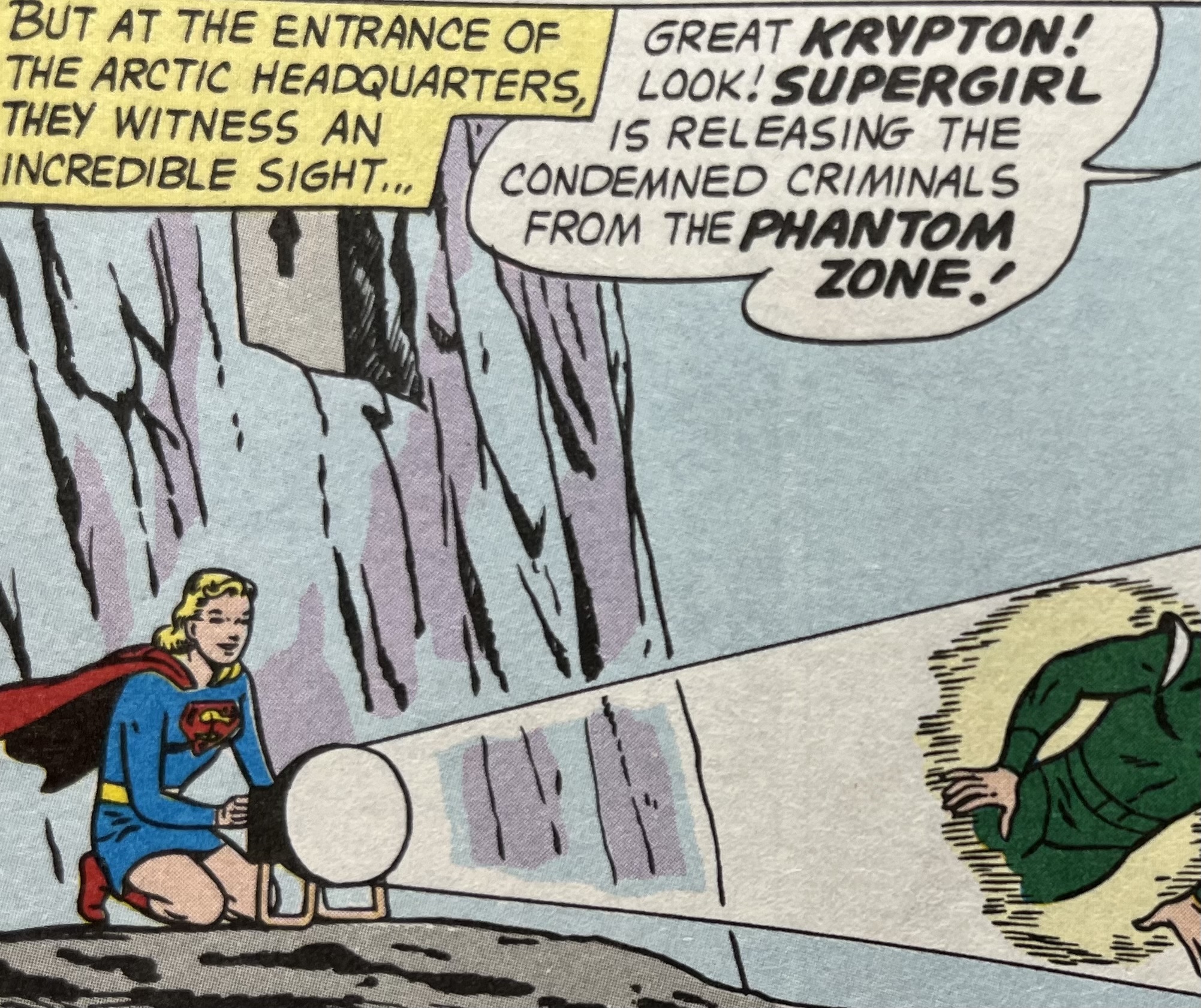
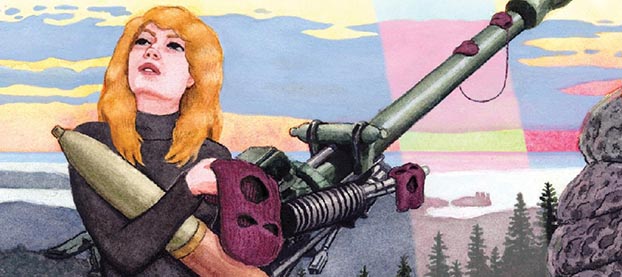
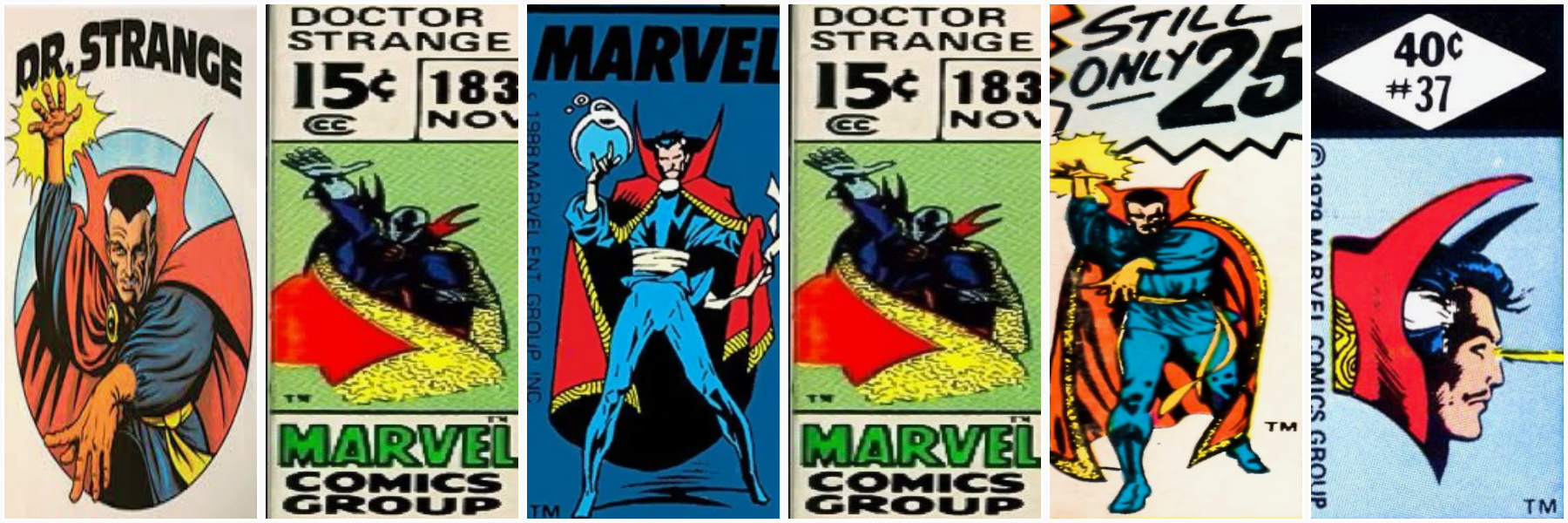




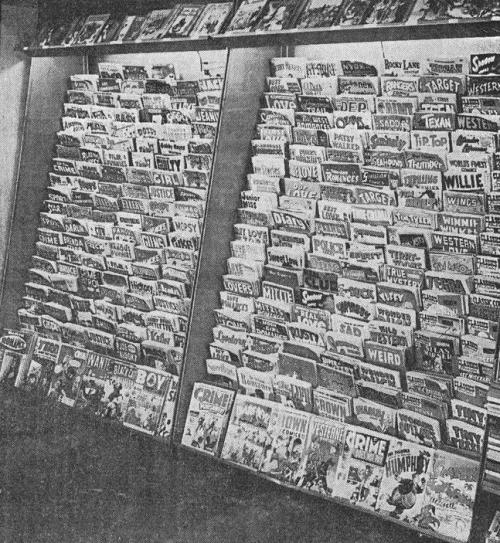
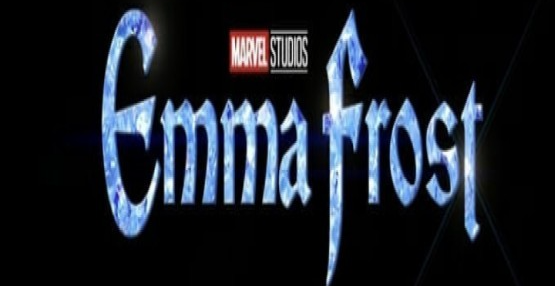



!["Superman" (2025) Brings Heart, High Stakes, and Surprising Twists [SPOILER-FILLED REVIEW]](https://www.supermansupersite.com/Superman_2025_Retro_Poster.jpg)

 English (US) ·
English (US) ·